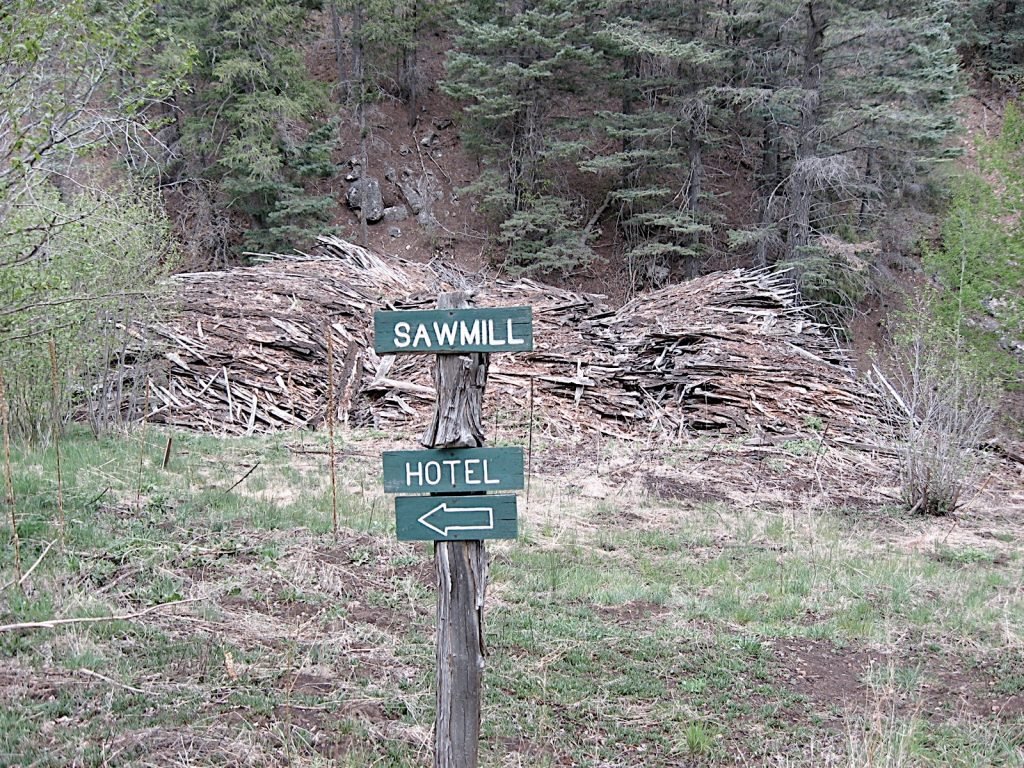Memory Spots
These days, it’s all about recital preparation.
Honestly, this is not always my favorite teaching time. In order to have music prepared and memorized so we can show off for our friends and family, we give up a lot of lesson and practice minutes that could be devoted to other things. Like composing scary Halloween pieces. Or learning new repertoire. Or even Scale Olympics. Instead, we are laser-focused on the musical details of a single piece. “What do you think your music still needs?” I ask, repeating the same question over and over again, lesson after lesson. “More dynamics,” every single kid answers. When in doubt, suggest more dynamics.
Setting the all-important dynamics aside for the moment, I find myself devoting the most lesson time and attention to memory work. After all, if the memory is shaky on any level, nothing musical will happen. There are lots of strategies for testing memory and when prompted, my students can recite these concepts on command: Ghosting. Looping (i.e. taking a small section or phrase and, in their words, “Playing it a lot of times.”) or today’s focus: Memory Spots. Think of memory spots as comforting signposts scattered throughout the music. I know exactly where I am, we are reminded when we pass by and wave. Memory spots are places we can jump to and get back on track if things go awry. They might be at the beginnings of large sections or we might create them from a spot that has been giving us trouble in some form or another. Ideally, memory spots are our security blankets, giving us the freedom to focus on other things. Like dynamics.
But like anything else, memory spots must be practiced. We can scramble memory spots at random. We can play the piece working backwards from one memory spot to another. We can practice memory spots by stopping in awkward places in the music and then jumping forward to the next memory spot (AKA “The Stop Game”). If we want to know our music thoroughly, all of this should be done and more.
Last week I had coffee with a former student. He is now 21, struggling to figure out who he is and how to make his way in the world (“I just want to meet a girl,” he told me, rehearsing the battle cry of the young.). I sometimes wonder, when kids are grown up and far removed from their hours in the music studio, what they remember or take from their years on the piano bench. Do “memory spots” have any real world applications?
Perhaps. While our need to randomly jump from spot in our music to another may or may not serve us in our lives, there is an honest accountability that is constantly required when we memorize music. Do we or do we not know our pieces? Is our practice thorough and reflective enough to withstand the stresses of performing? When something goes wrong, can we recover? All this is really saying: Who are we? What kind of person will we choose to be? One who looks the other way at our problems or one who faces the dark corners? Memory spots may indeed be a life lesson, a metaphor for the struggles we all have to live and work and practice with integrity.
This month I invited guest teachers to the most recent round of performance classes to provide feedback to students on their recital pieces. After weeks of not listening to what I said, suddenly students were very attentive to the same advice given by someone else. Yesterday, Jonah came into his lessons. “Now I know what I should be working on,” he told me. (Really? I tried not to be annoyed. Now you know what you should be working on?) “What’s that?” I asked. “More dynamics,” he said, citing the suggestion he had received in performance class.
If our memory is secure, then we can start to not only make music, but, more importantly, to make something of our lives. Dynamics are just the beginning.
